I suppose like many others I couldn’t wait for the ice age that came in mid January to end and the longer it went on the more desperate I became to get out fishing! That said I must admit to totally changing my attitude to winter angling over the last few seasons, as during the really tough cold months of the year, I have lost the urge to sit it out on waters that are tricky enough during the summer. Even when I did that and remained on my first choice summer venues, unless we had exceptionally mild winters I seldom caught much anyway, maybe the odd fish in November and then a winter saver in March! Now I use the dark, cold months of December and January as a bit of a confidence builder and try to get a few takes from waters that are an easier proposition, as well as using this as a time for a few tweaks of my rigs or tackle, that I can field test for use on other lakes come March. Certainly in my own angling confidence is a big factor, and if I’ve had the buzzer scream a few proper takes in the cold weather (as long as there not tufties!) it boosts me up for the start of spring.
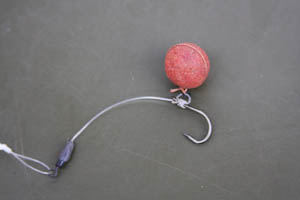
Rig wise I had a couple of main changes planned for this spring and I was keen to test them out first. I’m a great fan of the hinged stiff rig coupled with a 16mm pop up, but on the advice of a well respected friend I wanted to shorten both the hook section and the boom, which I was assured would really improve hook holds, as well as make the rig more effective in hooking more cautious feeding fish. He was using the boom section as short as three inches, totally different to my preferred eight inch section, so I tied a couple up just to see how they looked.
The most important part is the hook, and whilst I have been using Covert Chod hooks in size five, I have now dropped to a six. The size six is wickedly sharp and once in they never seem to come out. I especially like that they are strong, but not too heavy thick in the wire, which reduces the balancing of the bait over time. The gauge is perfect, and a hookbait can remain balanced for long periods of time, I have even left mine out for forty eight hours on occasions.
Another major change I was considering was to move off leadcore leaders completely. Last summer I looked at one of my rigs through crystal clear water from up a tree that I had stealthily placed in the margin below, on a lovely hard spot that was shining yellow. It was immediately apparent that my presentation wasn’t that stealthy at all, as the length of leadcore ran through the spot like a road. It really was blatant, and whilst I loved the pinned down nature of leadcore, I did feel that an alternative may well make it all a bit more subtle. In winter I always tend to change my mainline over to a fluorocarbon, when using it in clear water its clear colour is invisible and its sinking qualities can’t be beaten. With this in mind I shortened my leadcore section to a two inch piece to use as the helicopter boom thus protecting the mainline, and then used my Mirage Fluorocarbon straight through, just adding a few blobs of rig putty at two feet intervals above the line from the lead. One test in the edge and the whole end tackle set up had become so much more covert, exactly what I was looking for.
With these new changes in place I headed for a local lake that had decent winter form. Also for the first time I had switched baits from my usual B5 to Essential’s dedicated winter bait, Creamseed, and as soon as the lake had thawed I began introducing a bit every other day in the build-up to a twenty four hour session I had planned. This baiting up is also a great advantage, I think more so in winter than any other time of year, and it helps to keep the fish active and looking for food. The only real doubt I had was the water level at the lake, I’d never seen it higher, it was over the top of all the swims, and knowing it had come from snow and ice melt left me unsure as to how the fish would respond.
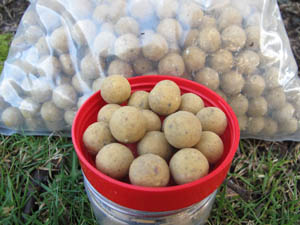
There was only one way to find out, and after three baiting visits I arrived on a Friday morning in dry weather but with a cold north easterly wind. Not ideal, but it was great to be out fishing again, and by 10am I had two baits flicked out on my new short stiff rigs, up near the overhanging branches of a big snag tree that had seen all the baiting over the last week. If ever there was a text book winter spot then this was it. The huge willow provided cover, it was the deepest area of the lake, was protected from the cold winds and had the sun on it for most of the day.
Any doubts I had were soon dispelled when only an hour later my right hand rod absolutely fizzed off, the bobbin jamming against the rod as the fish made a run for the mass of willow branches. I was locked up though, and as I bent into the fish it was already up near the surface, meaning I could steer it away from danger with relative ease. It didn’t just give up though, and had the clutch giving line on a number of occasions. One golden roll in the clear water told me it was a common, and after a few minutes I pulled it over my outstretched net. I can remember on summer trips here netting fish in this same swim and having to lie on my stomach with the pole extended as far as I could to net a fish way below with low water levels, this time it could have swum up into the top of the swim! It was a stunning dark looking fish that weighed 25lb and was nailed in the lower lip, requiring a forceps removal.

I was delighted, and even more so when a while later I added another common of 24lbs again on the same rod. It seemed the changes were going to work, and I am looking forward to adding them into my approach in late February onwards on other waters. That said just before dark I had another take on my left hand rod, a slow one that is often associated with a big fish take. It immediately powered for the base of the tree, its strength was incredible, in fact I held on giving nothing, the rod fully compressed in an effort to stop it from reaching the branches where I knew it was game over. Something had to give, and I was hoping the fish would change its battle plan, but sadly the hook fell out, leaving me more convinced than ever that it was one of the really good ones.
It was a good session though, and despite the loss of that fish I left full of confidence and looking forward to a return before moving on to my main target venue for the season. The days are now getting longer, and within a month the fish will be waking up, with just the extended hours of daylight alone. I can’t wait now for spring, and with my slight alterations that have been tested I am hopeful of some results to come!



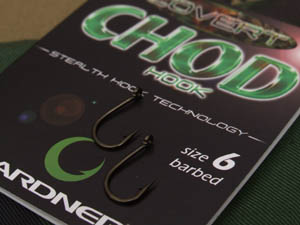
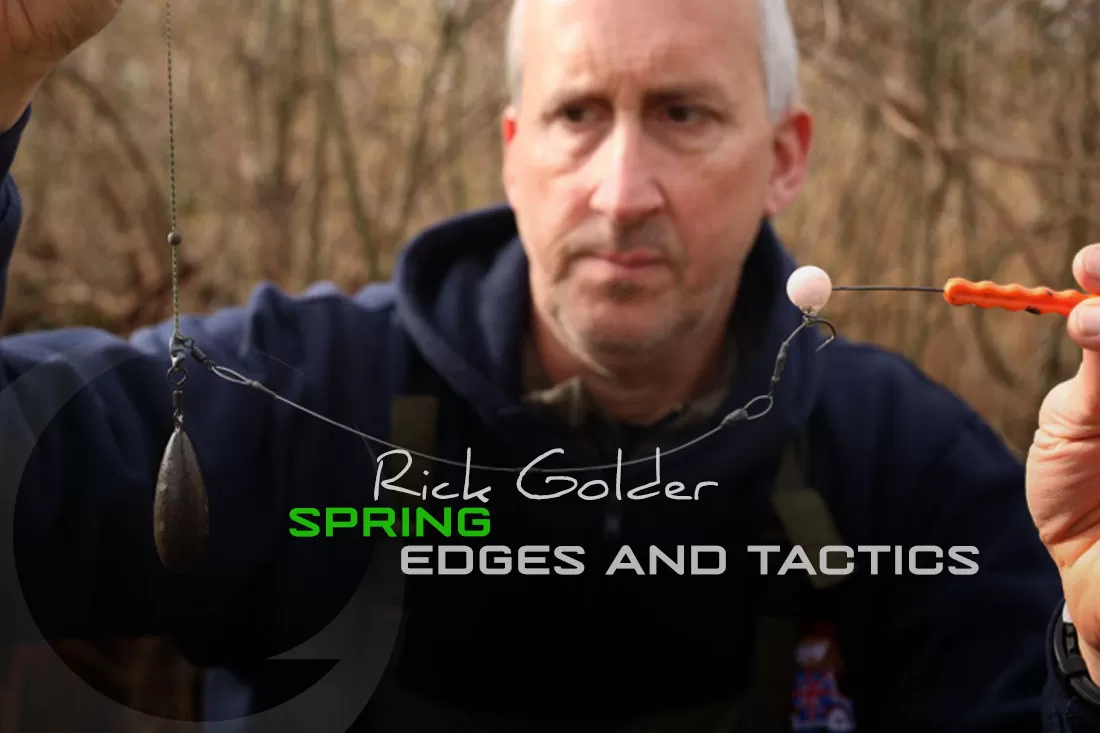
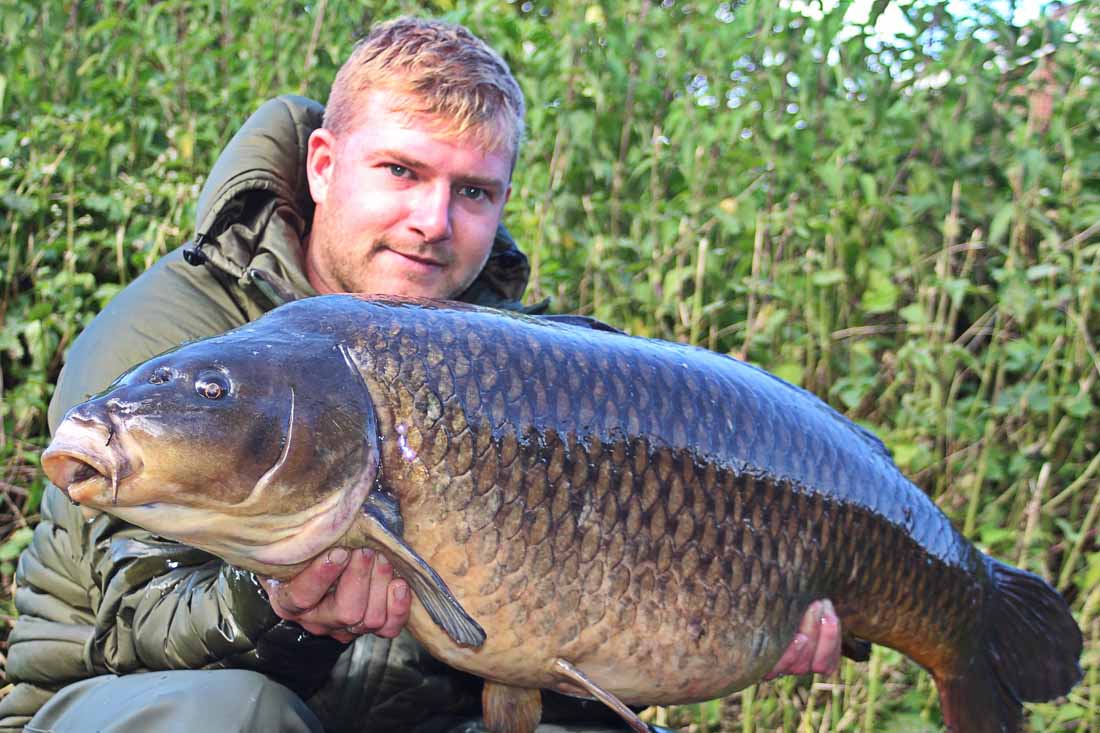

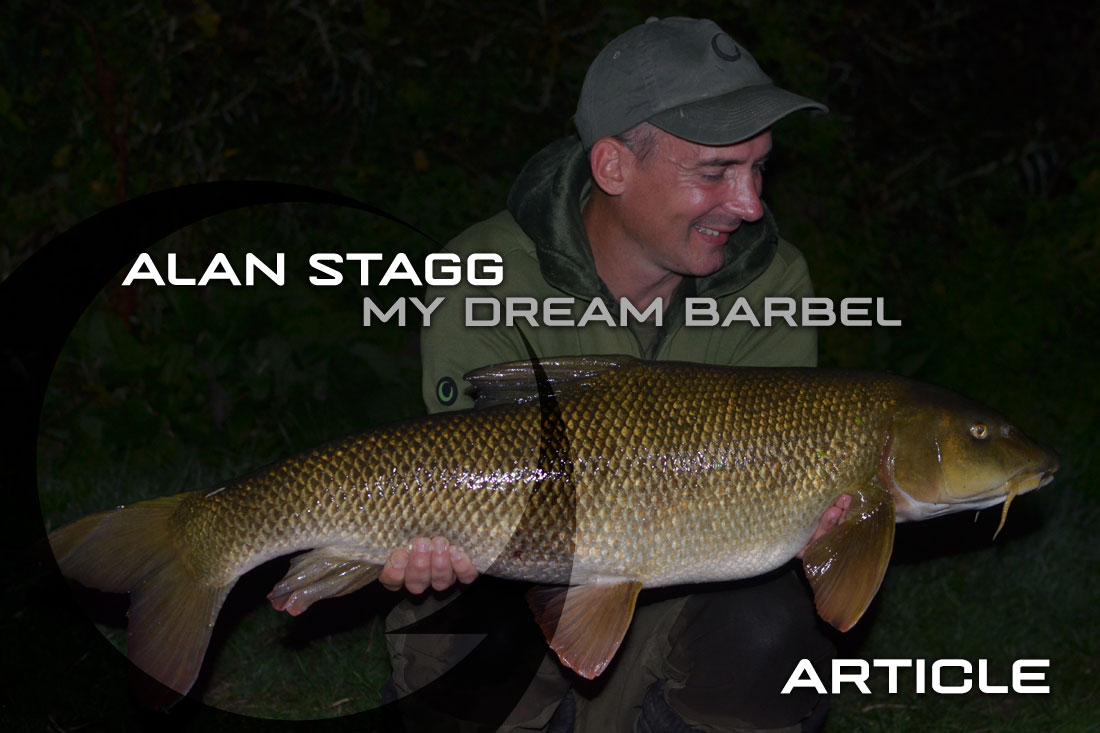
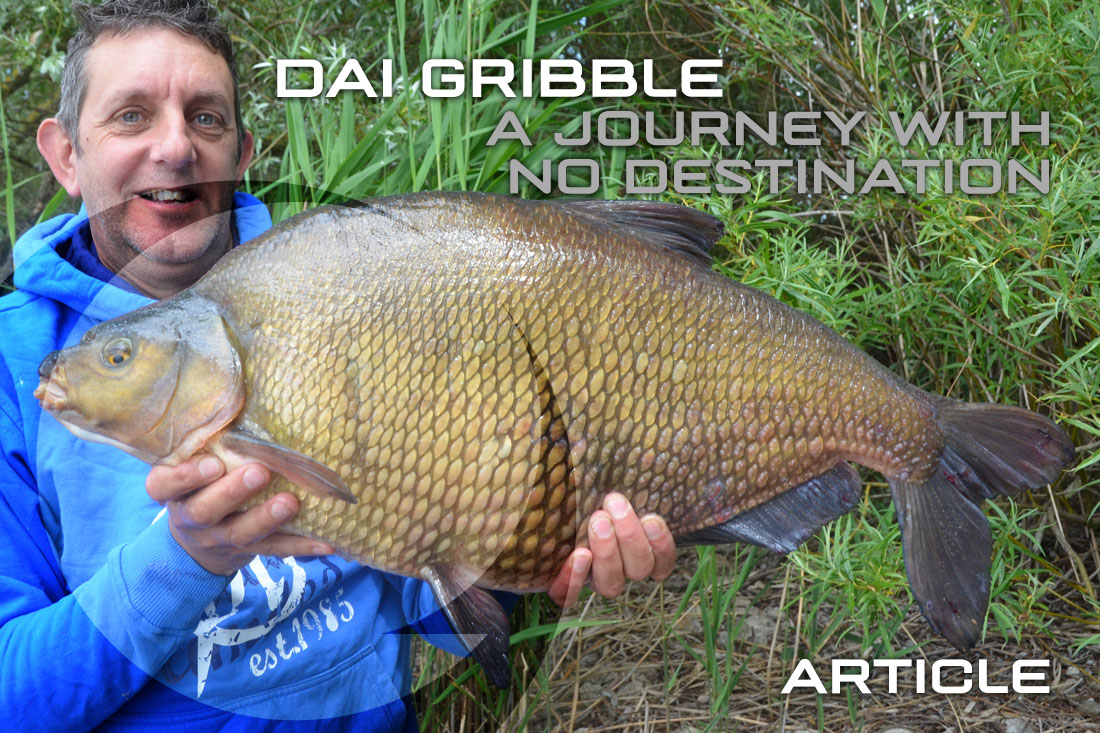
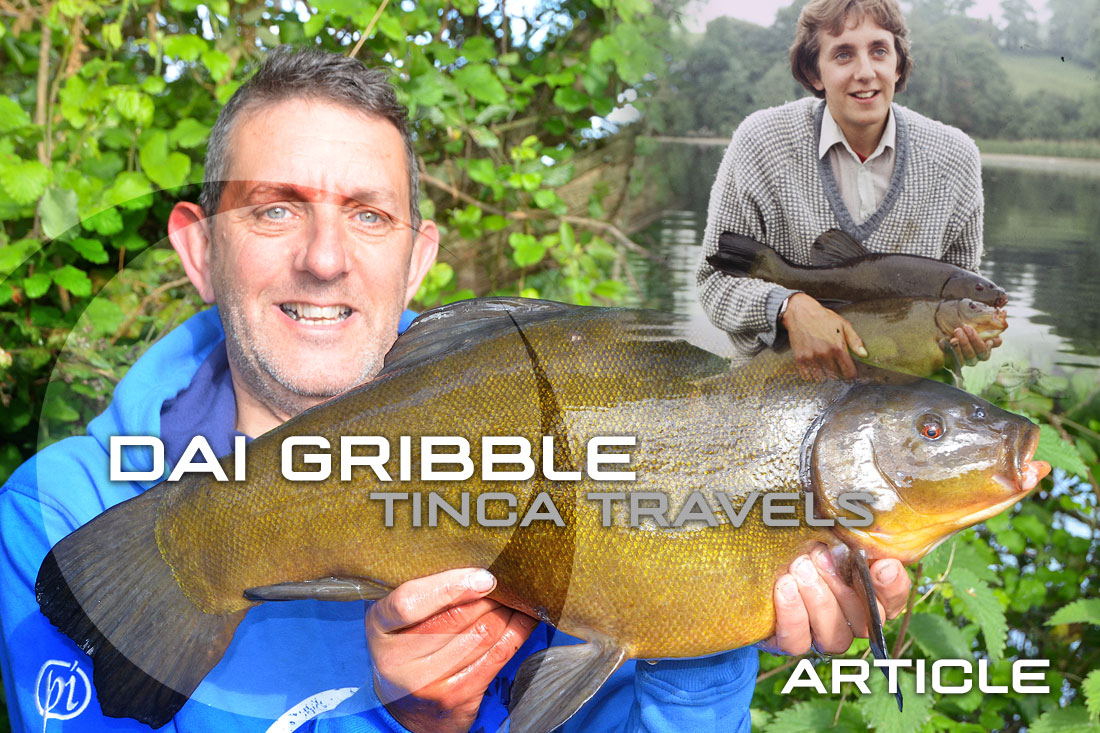
Leave A Comment